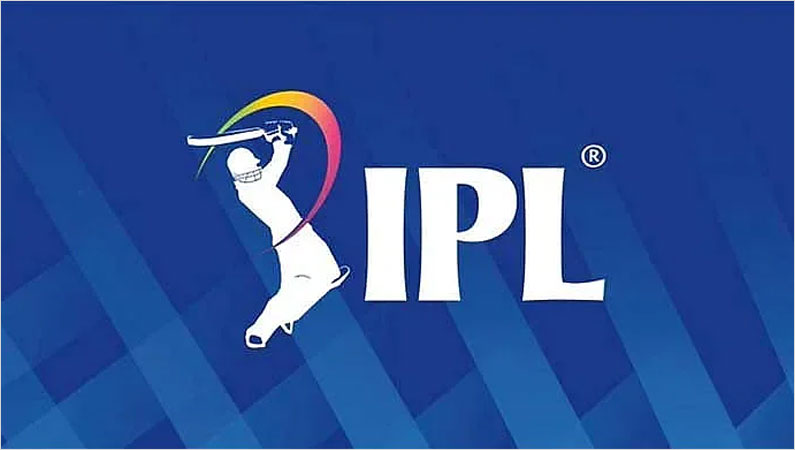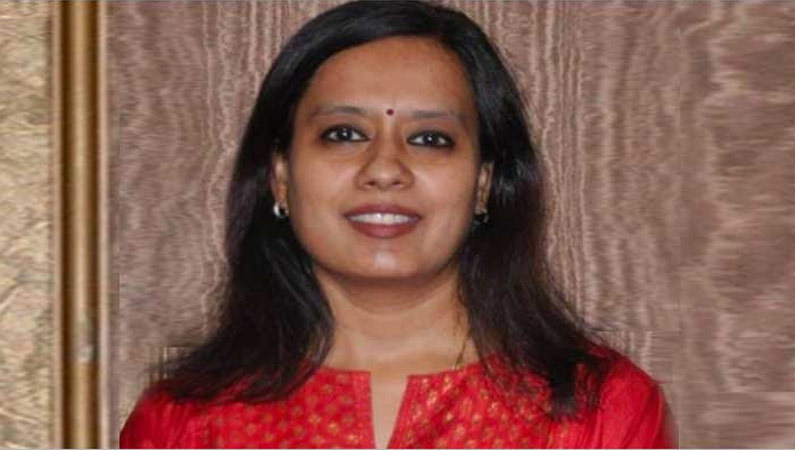Industry experts opine that apart from Amazon, Flipkart and Snapdeal, the emergence of several D2C brands are driving the AdEx growth in India
E-commerce has emerged as the second-largest contributor to India’s advertising expenditure. According to the Pitch Madison Annual Report (PMAR) 2022, it has doubled in size from Rs 3,000 crore to Rs 6,000 crore in the last one year. Moreover, significant growth has been observed as the share of e-commerce in the total AdEx touched 13 percent in 2021, as compared to 8.5 percent in 2020.
The AdEx of the online retail sector has grown by 156% between 2019 to 2021, the period marked by the pandemic. While the Covid-19 crisis accelerated the e-commerce adoption in India by consumers, it also forced brands to tweak their retail strategy in order to reach out to their end consumers.
Over the last five years, innovation and spending were driven more from urban people and rich cohorts residing in metropolitan cities. Now, the share of spending in tier-II cities and beyond is increasing significantly with the use of local languages and getting hyperlocal brands on board. This is opening up new business opportunities, industry watchers say. The changing consumer behaviour has had its impact on Indian digital advertising as well. E-commerce Ad spend is spread across formats like TV, print, digital, video, social media and paid search.
Navin Joshua, Founder & Director, GreenHonchos, says, “High-speed Internet has boosted the digital ecosystem, unlocking the limitless potential of the eCommerce sector in India that is currently valued over USD 100 billion.”
It is expected to reach $350 billion by 2030 from $45-50 billion now, management consulting firm RedSeer Consulting said in its 2021
report. The firm predicts Indian e-commerce would become the third-largest market, eclipsing the more mature markets such as the UK and South Korea over the next decade.
“The government impetus, investments in technology infrastructure and foreign investment supporting policies are also leading to an increase in the number of brands looking to grow their business online. Since last year, we have had 53 unicorns and almost all of them are digital companies”, said Joshua adding that all these factors are contributing to higher adex in the e-commerce industry.
D2C growth
“Over the last few years, many more people have become comfortable with the idea of shopping online. With growing internet penetration, rise in smartphone adoption, innovation in mobile technologies, growing B2C (Business to customer) demand has been a natural evolution”, says Utkrishta Kumar, CXO (Business), Meesho-an online commerce platform.
Meesho witnessed about 1,600% growth in 2021 in direct to platform (customer) orders YoY, Kumar said, adding that of the ~700M active internet users in India, only 216M transact online and the access gap in underserved communities was being bridged with Meesho’s network of 15M entrepreneurs.
Joshua says, “After consumers got a hang of marketplaces like Amazon, Flipkart, Myntra, Snapdeal etc., it became obvious to brands that the next big growth is in building a D2C business. D2C is already proving to be the biggest e-revolution in India, with more than 800 D2C brands existing currently, this number is projected to reach 10,000 by 2026.”
“COVID Pandemic has acted as a catalyst to drive the hyperlocal e-commerce adoption ranging from medical stores to Kirana stores. The small online buying and paying experiences have served as confidence-building measures for users to try the more significant e-commerce players”, Bharatesh Salian, Sr.Vice President, Marketing Science and Customer Experience, Kinnect, says.
Salian further says, “Localized Internet Content is fuelling rural folks’ desire to try new products, and they are expecting a great customer experience. E-Commerce is now bringing an endless aisle of choices customized to their preferences and tastes, and they are more than willing to try these options.”
Role of social commerce
Currently, there are 624 million people in India who use social media, which translates to 45% of the population, as per the
global statistics website.
While many brands are available on the standard e-commerce platforms like Amazon and Flipkart, they don’t allow them to create unique customer experiences for their consumers.
The D2C (direct to customer) model allows brands to engage with the clients across channels and help them with cross-channel personalized paths to purchase personalized content while engaging them in specific loyalty programs. It also enables brands to retain their customers for a longer time, experts say.
“Social Commerce will play a very pivotal role in the future. Brand stories on Social platforms aided by influencers and localization can significantly increase discoverability and consideration. However, an option to engage and buy without moving out of the social eco-system will help reduce the time from consideration and purchase as the product journey is not disrupted,” Salian says.
Social Commerce will also drive engagement experiences tailored to a buyer's social media preferences and usage habits. This creates more cohesive brand experiences across channels, driving deeper loyalty and increasing customer lifetime value over time.
“Nearly 8 out of 10 social media users in India use social commerce to make purchases, according to an industry report. It allows an eRetail brand of any scale to get fast and easy access to a digital-savvy purchasing audience. And with the evolution of concepts like Live Commerce and Metaverse, social commerce would continue to be a growth factor for eCommerce brands in times to come”, Joshua says.
Social Commerce as a growing format will influence how the next 200 Mn consumers shop and discover brands on eCommerce, says Jyothirmayee.
She explains, “Social commerce brings content, community and commerce in one place which solves for discovery, trust and convenience for the consumer. Social commerce can influence shopper behaviour in diverse ways. Brands should leverage it to their advantage. A luxury brand can provide one-on-one attention. Timely engagement from the brand can support an indecisive customer in selection. The discovery of products can be community-led mimicking offline behaviour.”
Categories to benefit the most
The categories which have high digital attributes and low physical attributes are benefitting the most from e-commerce. Consumer Processed Goods, Electronics, BFSI and Fast-moving fashion will be the main beneficiaries of this growth, industry experts say.
“As seen per the past sales trends & reports, consumer electronics has a 40% share in eCommerce retail, since most people find the convenience of home delivery, easy returns & refunds and the guarantee of authenticity to be very important factors while buying electronics. Fashion & Apparel is the second goliath, capturing the other 40% of the market share. Jewellery and Food & Grocery have potential and sit at 7% each with furniture taking the rest of the 4%. The remaining 2% is taken by all the other budding categories,” says Joshua.
Jyothirmayee JT, Founder and CEO, HiveMinds, a Madison World company, echoes the sentiments, “Consumer Electronics and Apparel continue to lead in eCommerce share. Many gourmet food brands, IOT devices & fitness equipment are also taking the D2C approach. However, the biggest gainers were Beauty, Health & Wellness with the highest multiplier growth. Grocery also grew and is further boosted by quick commerce in recent months. For mass brands, however, D2C will continue to be a minor contributor compared to off-line retail sales.”
Gitanjali Saxena, Business Head – Global Luxury, Tata CLiQ Luxury, opines, “Shopping is a social experience, and Social Commerce brings together social interactions and e-commerce transactions on a single platform, thus making it an attractive proposition. It is an avenue that enables product and brand discovery, consideration, and two-way communication, which helps in boosting brand visibility and sales. By democratizing e-retail further, it is establishing itself as the next big thing in the e-commerce industry.”
Tata CLiQ Luxury consistently blends content and commerce through numerous initiatives and events to provide a holistic experience for the consumer, Saxena explains.










